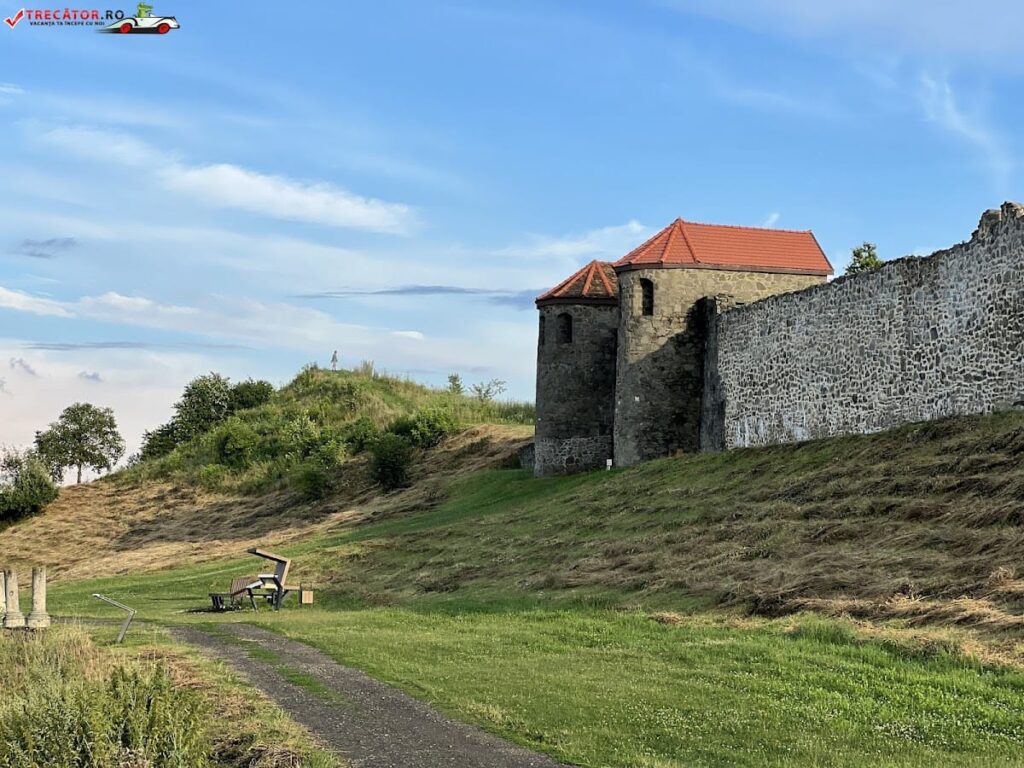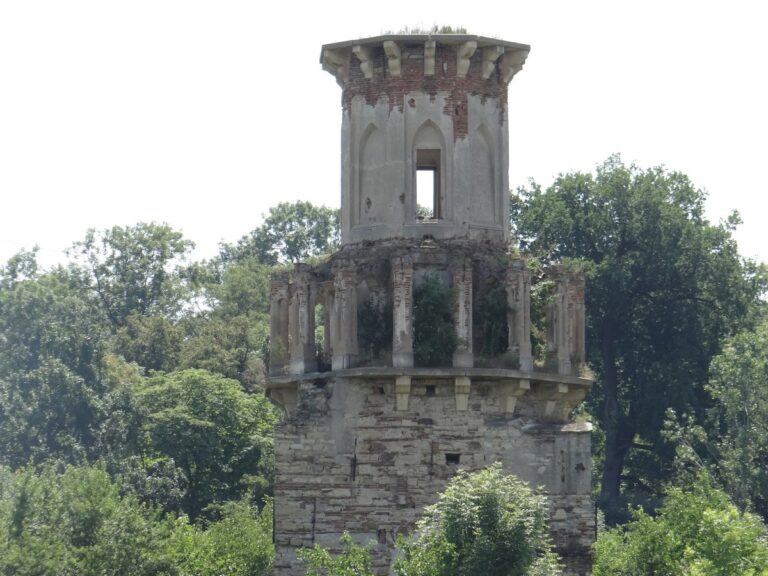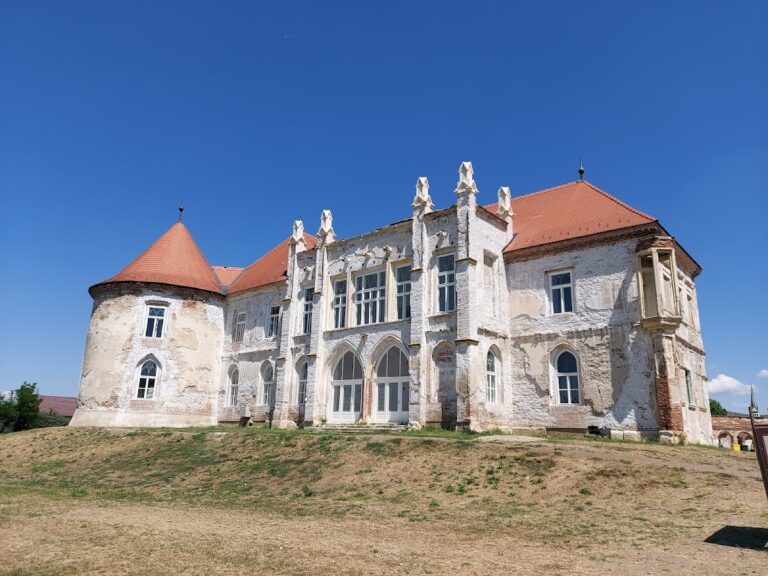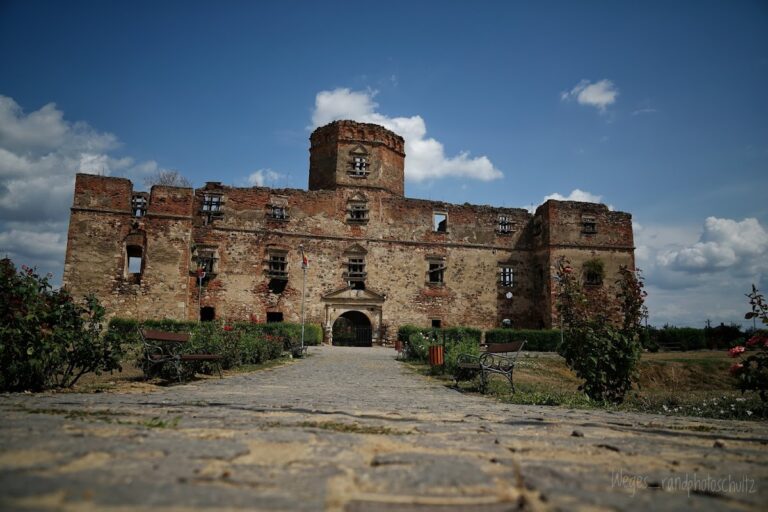Porolissum: A Roman Military and Administrative Site in Romania
Visitor Information
Google Rating: 4.7
Popularity: Low
Google Maps: View on Google Maps
Official Website: porolissum.ro
Country: Romania
Civilization: Roman
Remains: Military
History
Porolissum is located near Mirțid, Romania. It was established by the Romans in 106 AD during Emperor Trajan’s second campaign against the Dacians. The fort was built to control the main route through the Carpathian Mountains and served as a military stronghold guarding the northwestern frontier of the Roman province of Dacia.
By 124 AD, under Emperor Hadrian, Porolissum became the capital of the newly created province called Dacia Porolissensis, named after the city itself. This elevated its status from a military outpost to an administrative center. Later, during the reign of Septimius Severus, the settlement was granted municipium status, which allowed local leaders and merchants to govern with a degree of autonomy.
The fort’s garrison included several auxiliary units recruited from different parts of the Roman Empire. Among these were the Cohors I Brittonum milliaria Ulpia Torquata pia fidelis civium Romanorum, Cohors V Lingorum, and the Numerus Palmyrenorum Porolissensium Sagittariorum civium Romanorum. These troops helped maintain security along the frontier and supported Roman control over the region.
A civilian settlement, or vicus, grew on the terraces south and west of the fort. This area likely functioned as a customs station on a major road connecting Roman Dacia with neighboring non-Roman territories. Archaeological finds show that Roman settlers and local Dacian-Germanic populations lived together peacefully, with inscriptions revealing mixed Romano-Dacian names, indicating cultural and political cooperation.
Around 271 AD, the Romans withdrew from Porolissum under Emperor Aurelian as part of a broader retreat from Dacia. Despite this, some habitation and trade activities continued sporadically into the late 4th century. Early medieval graves found on the site, including one containing a coin from Stephen III of Hungary, suggest the area remained occupied or visited well after Roman rule ended.
Archaeological investigations began in the 19th century and intensified from 1977 onward. Romanian and international teams have uncovered military and civilian structures, cemeteries, and an underground cistern, shedding light on the fort’s long history and its role in the Roman frontier system.
Remains
Porolissum’s layout includes a large main fort on Pomet Hill and a smaller fort on Citera Hill, both originally built with earth ramparts and later reconstructed in stone. The main fort measures about 226 by 294 meters and features stone walls approximately 1.5 meters thick, surrounded by two defensive ditches. Its principal gates had round-fronted towers, designed for defense.
The smaller fort on Citera Hill, located 700 meters northeast of the main fort, measures 67 by 101 meters. It was also rebuilt in stone, with gates flanked by squared towers projecting inward and trapezoidal towers inside. This fort had both inner and outer ditches, enhancing its defensive capabilities.
An amphitheatre near the main fort was first constructed in wood under Hadrian and rebuilt in stone in 157 AD. It could seat between 5,000 and 5,500 spectators. Close to the amphitheatre, a sanctuary dedicated to Nemesis, the goddess of justice and fate, was built in the late 2nd or early 3rd century AD. This sanctuary likely also honored other deities linked to amphitheatre events, such as Liber Pater and Silvanus.
Within the civilian settlement, excavations have revealed public baths, a customs house, a temple to Liber Pater, and an insula—a block containing four buildings—along with several houses. The main stone fortress gate, known as Porta Praetoria, has been reconstructed, providing insight into the fort’s original entrance.
A limestone sarcophagus with typical Roman funerary carvings was found outside the cemetery area. It contained the remains of a young person and showed signs of ancient grave robbery. Inscriptions found at the site record rebuilding efforts under Emperors Caracalla (198–217 AD) and Gallienus (253–268 AD). After the Roman withdrawal, evidence such as crude masonry water basins and walling between forum columns indicates continued occupation and adaptation of the site.







